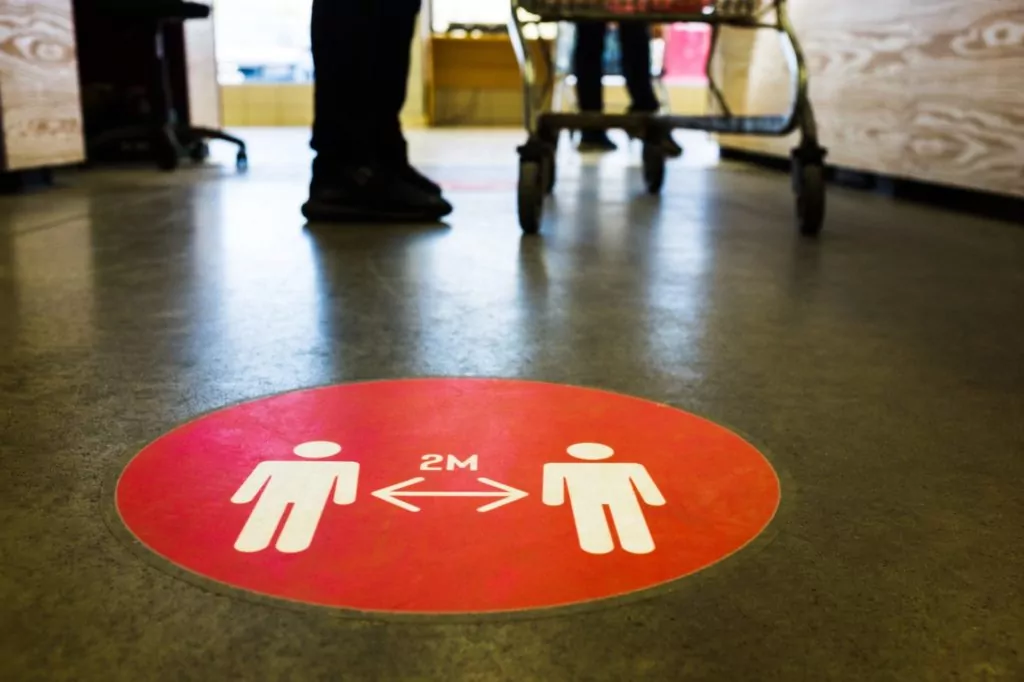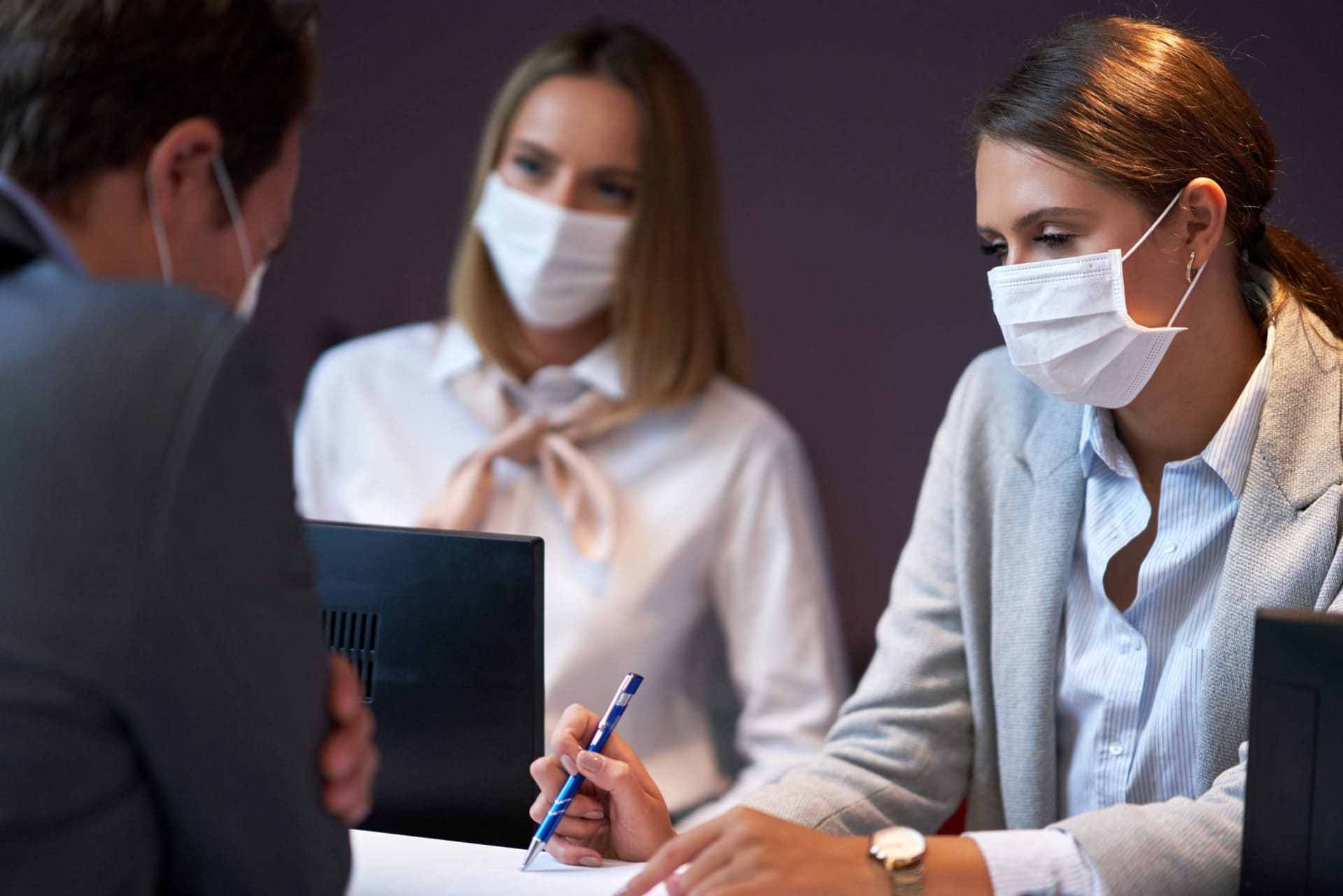What was mandated before 19 July 2021?
• No more than 30 people can gather outdoors.
• 6 people or 2 households can meet indoors.
• Social distancing rules are in place, which include keeping at least 1 metre away from others.
This website will offer limited functionality in this browser. We only support the recent versions of major browsers like Chrome, Firefox, Safari, and Edge.


Yesterday marked a big day in England, one which has been penned "Freedom Day" by many and brings about many new changes (and reversions) to the formal Covid-19 restrictions that have been in place over the past year.
We have previously suggested a risk-based approach. The government guidance agrees but the tone of the guidance on working safely and HSE advice goes beyond this. It repeatedly states that the government "expects and recommends" sensible precautions in what it describes as non-statutory guidance which employers should use to inform their updated risk assessment.
There exist clever legal arguments about the extent to which pre-existing H&S obligations extend to viral risks that emanate from outside the workplace. And the extent to which regulatory enforcement can point to non-statutory guidance. But the reality of course is that most responsible businesses will consider the risks to employees, visitors and customers from the spread of the virus because it is infecting people at an exponential rate. And will no doubt feel under some pressure to adopt the recommendations in the guidance. Not only because H&S law might demand it but because it is the right thing to do for a myriad of commercial, operational and brand reasons.
We have set out below a brief summary of the recent changes to Covid-19 restrictions compared with those that were in place prior to 19 July 2021 (i.e. at Step 3 of the government's roadmap out of lockdown.) We have added what the government and HSE guidance says.

Social distancing
• No more than 30 people can gather outdoors.
• 6 people or 2 households can meet indoors.
• Social distancing rules are in place, which include keeping at least 1 metre away from others.
• There are no limits on how many people can meet.
• The 1-metre plus guidance has been removed.
• Although social distancing guidance no longer applies, businesses can mitigate the risk of transmission by:
Reducing the number of people each employee has contact with by using ‘fixed teams or partnering’ so that each person works with only a few others; and maintaining screens or barriers to separate people from each other or using back-to-back or side-to side working.
• Close contact businesses are encouraged to consider:
Letting clients know virtually that they are ready to be seen; and asking clients to arrive at the scheduled time of theirappointment.

Social distancing
• Face coverings mandatory in workplaces and retail and consumer premises.
• Face coverings are no longer required by law.
• Mask wearing is encouraged in crowded and enclosed spaces.
• Businesses can encourage customers to wear face coverings when visiting their premises, however customers are not legally obliged to wear face coverings.
• Businesses can mandate face coverings for staff if it is in line with the business’ risk assessment.

Social distancing
• Businesses are required to collect customer contact details upon entry to hospitality venues (either by requiring customers to scan the NHS QR code or manually recording customer contact details).
• Businesses are no longer required to collect customer contact details.
• Businesses do not have to require customers or employees to check into venues by scanning an NHS QR code.
• Hospitality venues are encouraged to display an official NHS QR code poster so that customers can check in using the NHS COVID-19 app.
• Hospitality venues should also have a system in place to record contact details for those who do not have the app and wish to check into the venue.

Social distancing
• Businesses must take practical measures, including: Ensuring adequate ventilation; carrying out sufficient cleaning of surfaces and workspaces; and encouraging good hand hygiene.
• Businesses must take practical measures, including: Ensuring adequate ventilation; carrying out sufficient cleaning of surfaces and workspaces; and encouraging good hand hygiene.
• Businesses are encouraged to consider:
Advising customers and workers to wash their hands or use hand sanitiser frequently; maintaining regular cleaning of surfaces, particularly those that people touch regularly; providing adequate ventilation; encouraging contactless payments where possible; and using screens at points of service, for example at tills and counters.
• Businesses should make sure that workers and customers who feel unwell stay at home and do not attend the venue. By law, businesses must not allow a self-isolating worker to come to work.

Social distancing
• Hospitality venues such as pubs, restaurants and bars must provide table service only.
• Pubs, restaurants and bars are no longer required to provide table service only.
• Hospitality venues such as pubs, restaurants and bars are not restricted in the types of services they are able to provide and are able to choose how they serve food and drink to customers.
You could be forgiven for thinking that the main change for most businesses (nightclubs, theatres and sports stadia excepted) is to convert pre-existing rules into guidance that we are being actively encouraged to follow. Does that make things clearer and equate to much vaunted "freedom"?
The requirement enshrined nearly fifty years ago to ensure the health and safety of workers and others affected by your business remains. The requirement to assess and mitigate risk similarly remains in place. So the question remains, how does your business 'deal with Covid'. Whether we are at Step 3 or at Step 4, that core responsibility remains.
It remains open for business to adopt such of the guidance as it deems appropriate to the risks its own operations present. But in the face of evolving science the more cautious approach would be to sense check your risk assessment by asking whether you can objectively justify not following all the elements the guidance? If you have any questions about how the latest Covid-19 guidance affects you, or would like support with applying the new rules, please get in touch with the team below.